fy{T}i - Perfect Font Pairings

Perfect Font Pairings are single-page modules that answer the most common questions about the pairing of typefaces. Each will be dedicated to an important typeface family. In them you will learn the following:
- The typeface designer and style classification
- The most important characteristics of the design
- Tips for what to look for when considering typefaces to pair with the design
- Six ideal typefaces to pair with the design
- The vibe of the typeface pairing in text and display examples
- How to select a typeface that will complement a design and how to determine what typefaces can serve as a counterpoint to the design
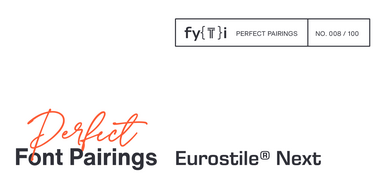
In the early 1950s, Alessandro Butti, with the assistance of Aldo Novarese, created the cap-only typeface known as Microgramma. Fonts were widely used for nearly a decade until Novarese introduced a lowercase version in 1962. The enhanced family was rebranded as “Eurostile.

As a Transitional Serif design, the axis of Cotford’s the strokes normally have a vertical stress. Weight contrast is more pronounced in the display designs. Serifs are bracketed and head serifs are oblique. Cotford ranges from micro to display optical size, across Thin to Black weights, providing legible and stylish type at all sizes.
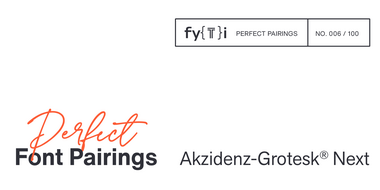
The Akzidenz-Grotesk font family debuted in 1898. Over the next 70 years, the family was expanded to over twenty styles. Akzidenz-Grotesk Next was developed as a cohesive family based on the principal shapes and characteristics of the earlier designs.

Designed for Fonderie Olive, “Antique” is a European typographic term for gothic or sans serif. Antique Olive is generally considered a display typeface. Because of its exaggerated x-height and tight letter spacing, only the light weight, in large sizes, is recommended for blocks of copy.
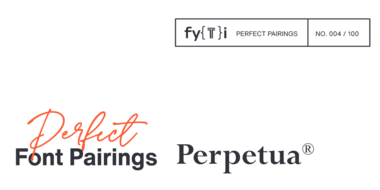
Perpetua was to be the first original typeface in Stanley Morison’s plan for building the Monotype type library. He wanted the design patterned after epigraphic rather than calligraphic letters, and asked Eric Gill to create the design.
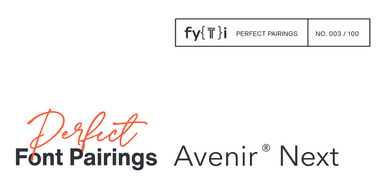
“When creating the Avenir® typeface, Adrian Frutiger drew inspiration from the past and the future. His goal was to modernize the geometric sans serif styles of the early 20th century, while embodying the aesthetics of the 21st century. In the process, Frutiger also infused a touch of organic humanism into the design.
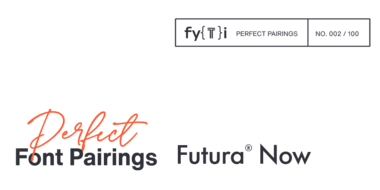
Futura Now is the definitive re-digitized version of the iconic geometric sans serif typeface. With 102 styles, including Condensed, Headline, and Text weights, in addition to extensive language support, Futura Now is poised to take on virtually any typographic task.

ITC Avant Garde Gothic’s characters are based heavily on geometric shapes. There is no softening with humanistic undertones. Its lowercase x-height is tall and the characters are wide. Weights range from a delicate extra light to a commanding bold. Both regular and condensed proportions are available.